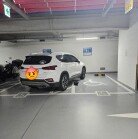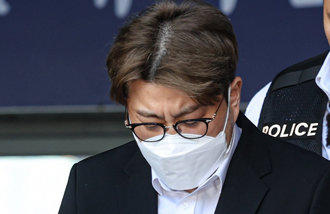Korea urges U.S. to refrain from offering briefings on Asiana accident
Korea urges U.S. to refrain from offering briefings on Asiana accident
Posted July. 10, 2013 07:58,
Investigating Asiana Airlines crash-landing accident at San Francisco Airport, the U.S. National Transportation Safety Board said, It is focusing investigation on pilots, as it disclosed the flights speed by time on Tuesday. Judging that U.S. media is seeking to blame pilot error as the cause of the accident based on NTSBs announcements, the South Korean government urged the U.S. to refrain from announcing details of its investigation in real time. Some have raised concern that Korea and the U.S. could get into dispute as they seek to secure their own national interests in the course of investigation.
NTSB Chairman Deborah Hersman told a media briefing in San Francisco on the day that her agency is focusing on investigation of the pilots, saying that it is investigating how the pilots in question flied the troubled passenger jet, how they were trained, and how extensive flying experience they have.
According to the cockpit voice recorder released by NTSB and other data, the ill-fated aircraft is believed to have sensed signs of problems starting eight seconds prior to the crash. The airplane had its auto pilot system turned off and its operation switched to the manual mode at an altitude of 488 meters at 82 seconds prior to the accident. The speed of the flight decreased to 207.6 kilometers per hour at an altitude of 38 meters at eight seconds prior to the crash landing, before one of the pilots urgently shouted increase the speed a second later. The speed declined to 191.5 kilometers per hour three seconds prior to the impact. This is far below the recommended flying speed of 252 kilometers per hour for an approach to the runway.
Hersman said because an airline accident is caused by multiple factors, they are investigating the accident leaving all different possibilities on the table. But messages in her briefings in general have suggested that NTSB is focusing on pilot error.
A ranking official at the Land, Infrastructure and Transport Ministry in Seoul said, Analysis of a black box takes at least six months, and NTSB immediately is informing the media of its findings in details this time, which is quite unusual and perplexing to us. He added that We urged the U.S. agency to refrain from such media interviews through our investigation team that was dispatched to the U.S.
Contrary to NTSBs announcing its analysis result of the cockpit voice recorder and flight data recorder in the black box, Seoul is keeping external confidentiality of the results of its interviews with the pilots, and only debriefs media the process of its investigation. The latter takes this approach in order not to cause confusion by only announcing the results of part of investigation because there are many different potential causes of accident including airport authoritys error, technical defects and surrounding environment.
Headline News
- 55%of SNU Hospital professors start indefinite suspension from today
- DP intends to complete the composition of National Assembly this week
- Too high bonus for head of reconstruction associations causes controversy
- 13 infectious diseases sharply increase across the world
- International Skating Union revises major rules







